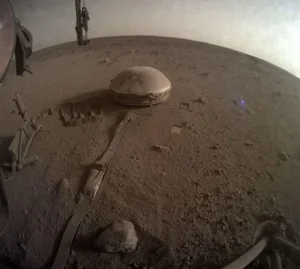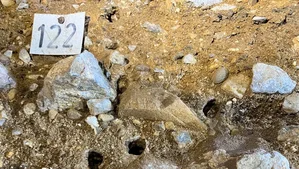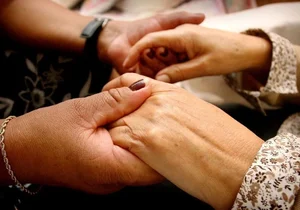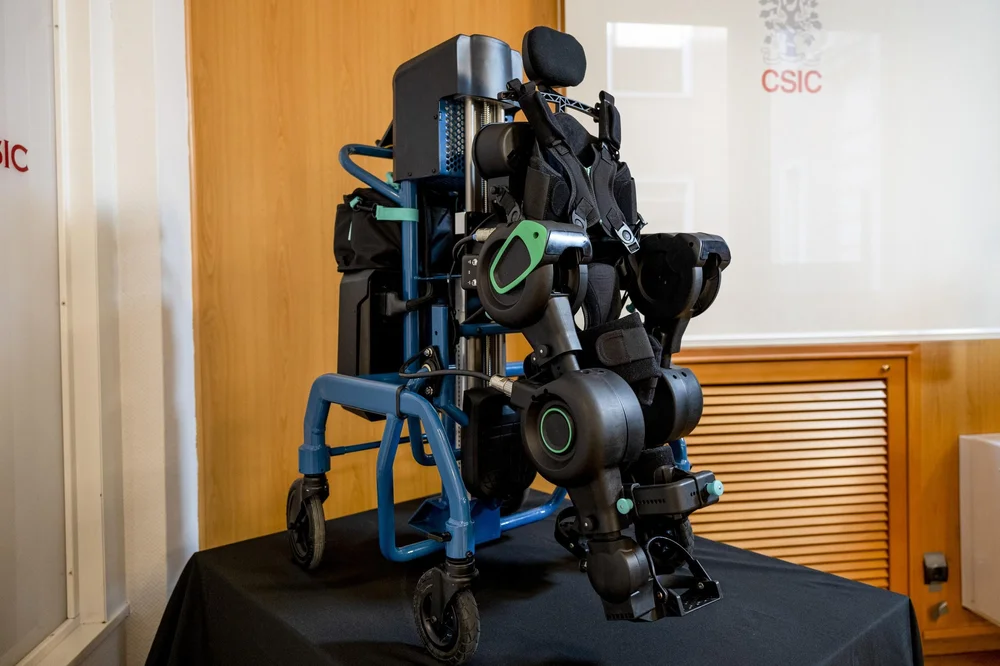Revolutionary Spanish Exoskeleton Restores Mobility in Paralyzed Children
In a groundbreaking advancement in medical technology, a Spanish-engineered exoskeleton is transforming the lives of paralyzed children by enabling them to walk again. This innovative device, developed by engineer Elena Garcia Armada, has been making headlines for its adaptive and life-changing capabilities.
The Innovator Behind the Exoskeleton
Elena Garcia Armada, a pioneering engineer, has dedicated her work to creating assistive technologies that improve the lives of individuals with mobility impairments. Her latest creation is an exoskeleton designed specifically for children, which adapts as the child grows, ensuring continuous support and mobility.
How the Exoskeleton Works
The exoskeleton is a wearable robotic device that provides critical support and stability for children who are paralyzed or have severe mobility issues. It is engineered to mimic natural human movement, making it intuitive for young users. The device features advanced actuators that replicate the natural bipedal movement, ensuring stability and safety during use.
Impact on Children's Lives
This technology has been a game-changer for many families. By enabling paralyzed children to walk, the exoskeleton not only restores physical mobility but also boosts their confidence and independence. The adaptive nature of the device means that it can be adjusted as the child grows, providing long-term support and reducing the need for frequent replacements.
Broader Implications and Future Plans
The success of this exoskeleton underscores Spain's commitment to innovation in healthcare and assistive technologies. Engineer Elena Garcia Armada's work is part of a larger movement to make advanced medical technologies accessible to those who need them most. As this technology continues to evolve, it is expected to benefit a wider range of individuals with mobility impairments, both in Spain and globally.
Community and International Recognition
The development of this exoskeleton has garnered significant attention and praise, highlighting Spain's role in pushing the boundaries of medical innovation. Such advancements are celebrated events, especially in the context of international initiatives like the Invictus Games, which honor the resilience and determination of individuals with disabilities.
In conclusion, the Spanish exoskeleton developed by Elena Garcia Armada is a beacon of hope for many families dealing with the challenges of paralysis and mobility impairments. This technology not only restores physical mobility but also symbolizes the power of innovation and human resilience. As it continues to evolve and become more accessible, it promises to transform the lives of countless children and families around the world.
About MovetoSpain.es
MovetoSpain.es is an independent data website that helps people move to, live in, and integrate into Spain. We use AI to gather data from around the web to provide you with the most up-to-date information.
Sources for this story:
Related Stories

The Impact of Time of Day on Exercise Efficiency and Gender Responses
April 16, 2025

NASA Discovers Compelling Evidence of Water and Potential Life on Mars
March 11, 2025

Groundbreaking DNA Research Unveils Secrets of El Mirón Cave in Northern Spain
February 13, 2025

Breakthrough in Brain Network Identification Opens New Avenues for Neurological Treatments
February 9, 2025

María Blasco and Juan Arroyo Removed from CNIO: A New Era for the National Oncological Research Center
January 30, 2025
EuroMillions Results in Spain for Tuesday 11th
Tuesday, November 11th, 2025
Subscribe to Our Newsletter
Stay updated with the latest news and stories from Spain.
